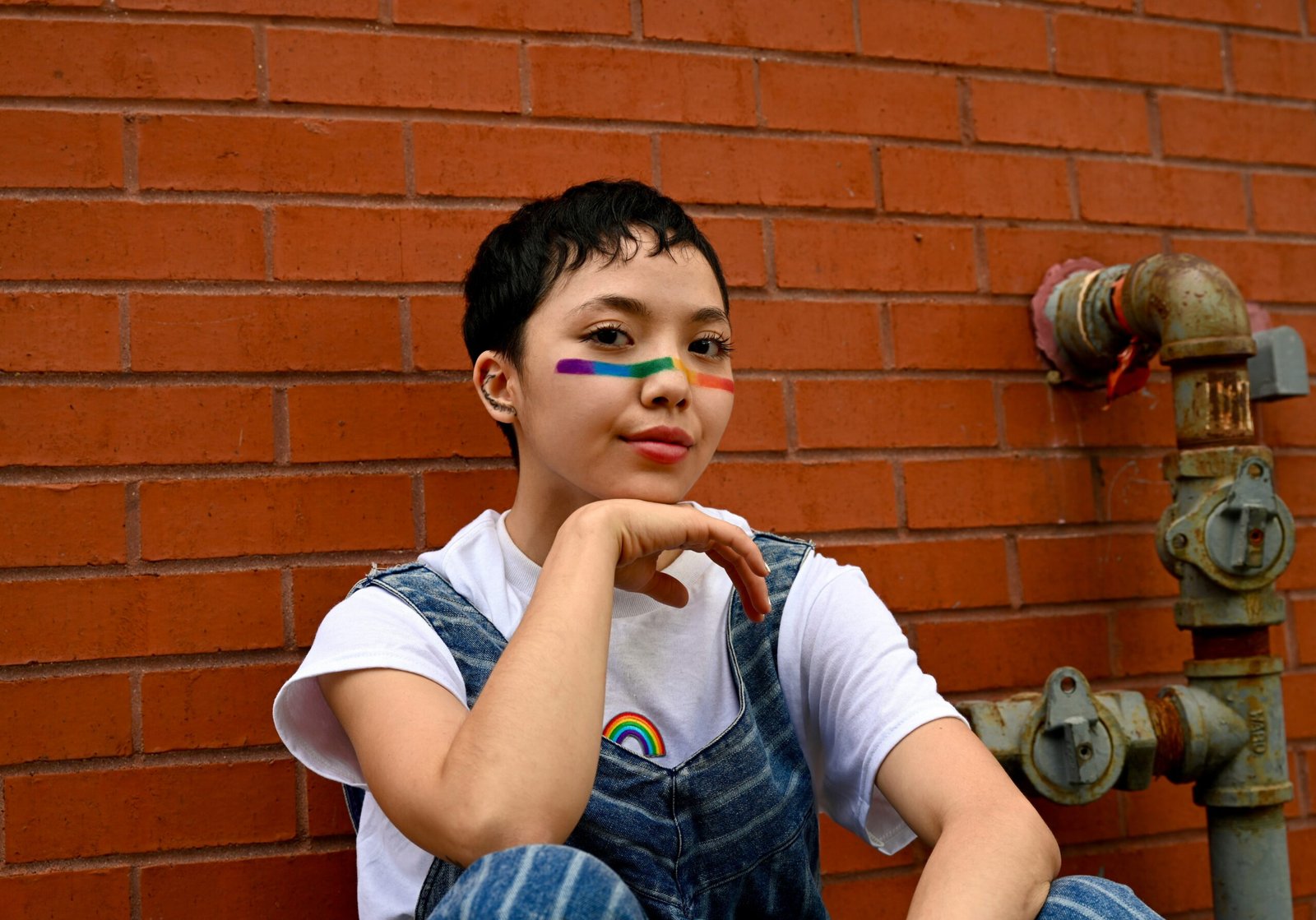Introduction
In recent years, the art world has witnessed a surge of queer artists who have fearlessly used their work to explore issues of identity, desire, and sexual liberation. Through their artistic expressions, these LGBTQ artists have challenged mainstream representations of sexuality and opened up new dialogues surrounding queer art and eroticism. This blog post will delve into how these artists have harnessed their creativity to push boundaries, break stereotypes, and create spaces for authentic self-expression.
Exploring Identity
One of the primary themes that LGBTQ artists have tackled in their work is the exploration of identity. Through various mediums such as painting, sculpture, photography, and performance art, these artists have sought to represent the diverse experiences of the queer community. By depicting their own personal journeys and struggles, they have provided a platform for others to relate to and find solace in.
Artists like Frida Kahlo, a bisexual Mexican painter, used self-portraits to express her complex identity and challenge societal norms. Her vibrant and introspective paintings often depicted her bisexuality, physical pain, and the intersections of her Mexican and European heritage. By doing so, Kahlo not only paved the way for future LGBTQ artists but also inspired a broader audience to question and redefine their own identities.
Desire and Sexuality
Queer artists have also used their work to explore desire and sexuality, creating a space for the celebration of diverse expressions of love and attraction. By challenging the heteronormative gaze and mainstream representations of sexuality, these artists have expanded the boundaries of what is considered acceptable or beautiful.
For instance, the photography of Catherine Opie, a lesbian artist, often explores themes of desire and intimacy within the LGBTQ community. Her powerful portraits capture the rawness and vulnerability of queer relationships, challenging the viewer to confront their own preconceived notions of love and sexuality. Through her lens, Opie offers a glimpse into the beauty and complexity of queer desire, ultimately normalizing and validating these experiences.
Breaking Stereotypes
Another significant contribution of LGBTQ artists is their ability to break stereotypes and challenge societal norms. By subverting traditional narratives and representations, these artists have paved the way for a more inclusive and diverse art world.
One artist who exemplifies this is Keith Haring, a gay artist known for his iconic graffiti-inspired drawings. Haring’s work often depicted same-sex couples, safe sex practices, and the AIDS crisis, challenging the stigma surrounding homosexuality and HIV/AIDS. Through his bold and vibrant artwork, Haring not only raised awareness but also humanized the experiences of the LGBTQ community, breaking down barriers and fostering empathy.
Conclusion
Queer art and erotic expression have played a vital role in challenging mainstream representations of sexuality and fostering a more inclusive and diverse art world. LGBTQ artists have fearlessly used their work to explore issues of identity, desire, and sexual liberation, providing a platform for authentic self-expression and creating spaces for dialogue and understanding. Through their creativity and courage, these artists continue to inspire and pave the way for future generations of queer artists.

